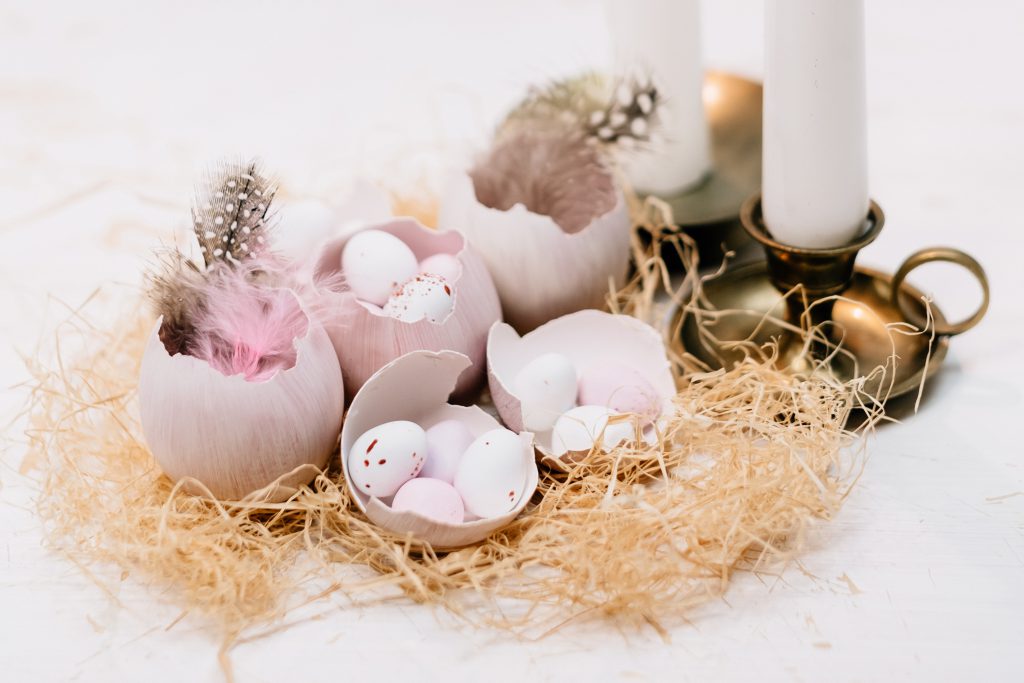Egg Roll Bowls: How To Make Them Low-Sodium
Ingredients for Low-Sodium Egg Roll Bowls
Veggies
1. Shredded cabbage

2. Shredded carrots
3. Bean sprouts
4. Sliced green onions
5. Diced purple bell pepper
6. Sliced mushrooms
7. Snow peas
8. Chopped water chestnuts
9. Bamboo shoots
10. Fresh spinach
Protein
Ingredients for Low-Sodium Egg Roll Bowls
Protein
- Ground turkey
- Chicken
- Beef
- Shrimp
- Tofu
Sauce
1 tablespoon unsalted butter
1/2 cup chopped onion
1 clove minced garlic
1/2 pound chopped floor turkey
1/2 cup chopped broccoli florets
1/2 cup chopped carrots
1/4 cup chopped celery
1/4 cup low-sodium soy sauce
1 tablespoon cornstarch
1/4 cup water
1/4 cup low-sodium hen broth
1 tablespoon brown sugar
1 teaspoon floor black pepper
1/4 teaspoon purple pepper flakes (optional)
Instructions for Low-Sodium Egg Roll Bowls
Make the Sauce
In a small saucepan, whisk together the soy sauce, rice vinegar, sesame oil, garlic powder, and ginger powder.
Bring the sauce to a simmer over medium heat, then cut back the heat to low and let simmer for 5 minutes, or till the sauce has thickened barely.
Remove the sauce from the heat and put aside.
Cook the Veggies
Heat sesame oil or your most popular impartial oil over medium-high heat in a big skillet or wok.
Carefully add the cabbage and carrots to the oil and sauté for 3-4 minutes until they start to soften.
Push the veggies to the aspect of the pan, and add the bottom meat to the now-empty house.
Break up the ground meat with a spatula and brown over medium heat for 4-5 minutes.
Season the ground meat with every little thing but the bagel seasoning, garlic powder, salt, and black pepper.
Once the ground meat is generally browned, add the veggie combination again to the pan and stir collectively so the meat and veggies are nicely mixed.
Add soy sauce, oyster sauce, and rice vinegar to the pan and stir to mix.
Sauté the veggies and meat for an additional 2-3 minutes until sauce is thickened and the flavors have absolutely integrated.
Transfer the meat and veggie combination to a big bowl.
Time to assemble the low-sodium egg roll bowls!
Cook the Protein
1. Cook the protein.
– In a large skillet over medium warmth, prepare dinner the ground turkey till browned and cooked through. Drain any extra fats.
– Add the bottom hen to the skillet and cook dinner till browned and cooked via. Drain any excess fats.
– Add the shrimp to the skillet and cook till cooked via, about 2 minutes per side.
– Remove the protein from the skillet and put aside.
Assemble the Bowls
– Layer about ½ cup of the cabbage combine into the underside of every bowl.
– Top with ¼ cup of the pork mixture.
– Add 4 wonton strips and 1 tablespoon of green onions to each bowl.
– Drizzle with 1 tablespoon of the Sweet and Sour Sauce.
Tips for Lowering Sodium in Egg Roll Bowls
Use Low-Sodium Sauce
Use Low-Sodium Sauce:
Choose low-sodium or sodium-free soy sauce or teriyaki sauce for the dipping sauce.
Consider making your individual sauce utilizing reduced-sodium tamari or coconut aminos.
Experiment with other flavorful sauces like hoisin, Sriracha, or sesame oil.
Go Easy on the Soy Sauce
Soy sauce is a common ingredient in egg roll bowls, however it’s also excessive in sodium. To cut back the sodium content material of your egg roll bowls, go easy on the soy sauce.
Instead of adding soy sauce to your bowl, attempt utilizing low-sodium soy sauce or tamari. You can also add flavor to your bowl with other low-sodium ingredients, similar to ginger, garlic, and sesame oil.
If you do decide to use soy sauce, be positive to measure it rigorously. A little bit of soy sauce goes a great distance.
Choose Lean Proteins
Tips for Lowering Sodium in Egg Roll Bowl Roll Bowls
Choose Lean Proteins:
- Grill or bake chicken breasts, shrimp, or tofu instead of utilizing pre-cooked or frozen protein that might be excessive in sodium.
- Go for lean floor turkey or beef over common floor beef or pork.
- Use low-sodium broth or water to cook the protein.
Other Tips
Tips for Lowering Sodium in Egg Roll Bowls
1. Use low-sodium soy sauce.
2. Rinse canned beans and greens earlier than using.
3. Use recent greens as a substitute of canned greens.
4. Cook your own rice as an alternative of using pre-packaged rice mixes.
5. Add low-sodium bouillon cubes or granules to taste, as a substitute of salt.
Other Tips
1. Be cautious of hidden sources of sodium
2. Add flavor with herbs and spices.
3. Serve with low-sodium dipping sauces.